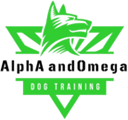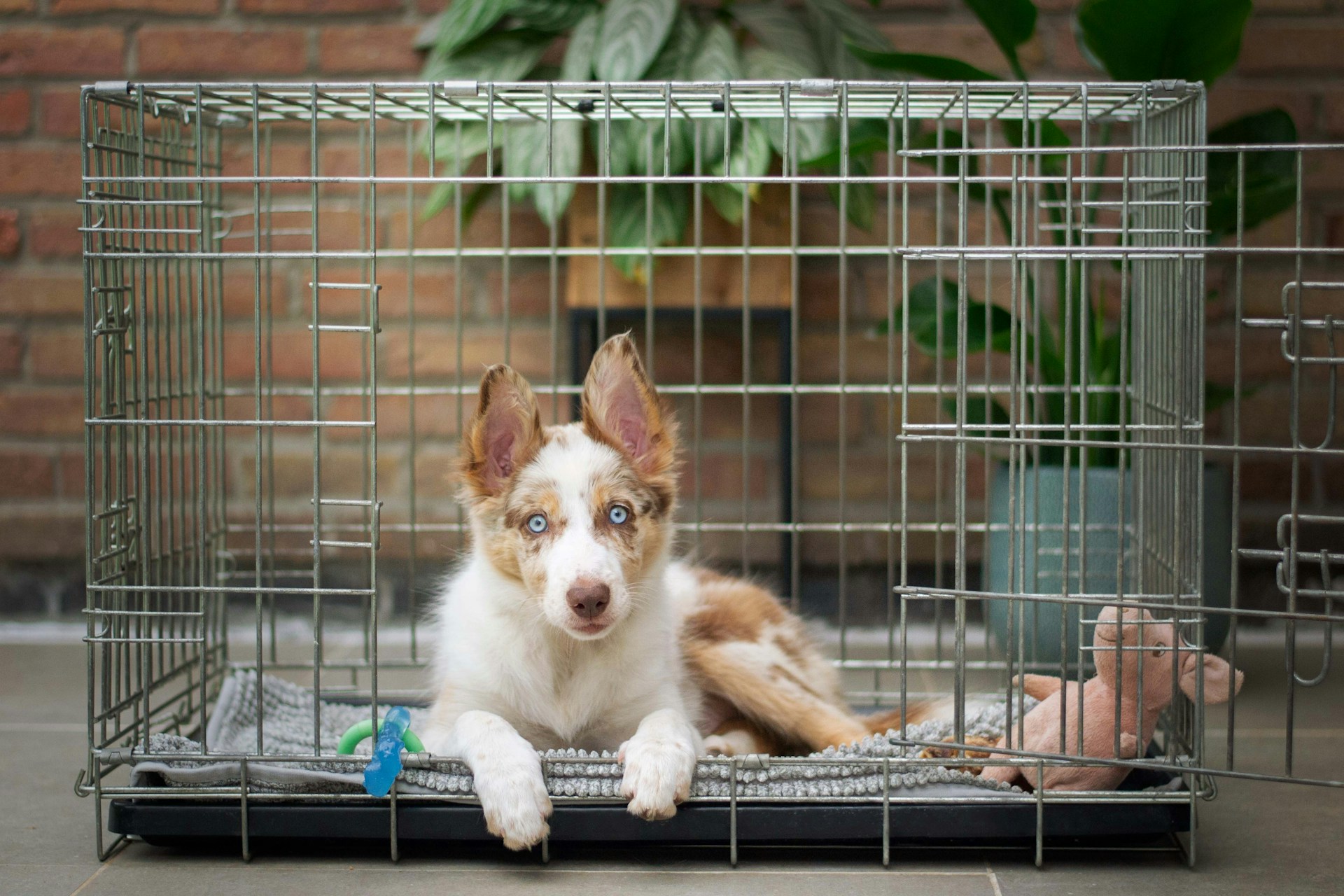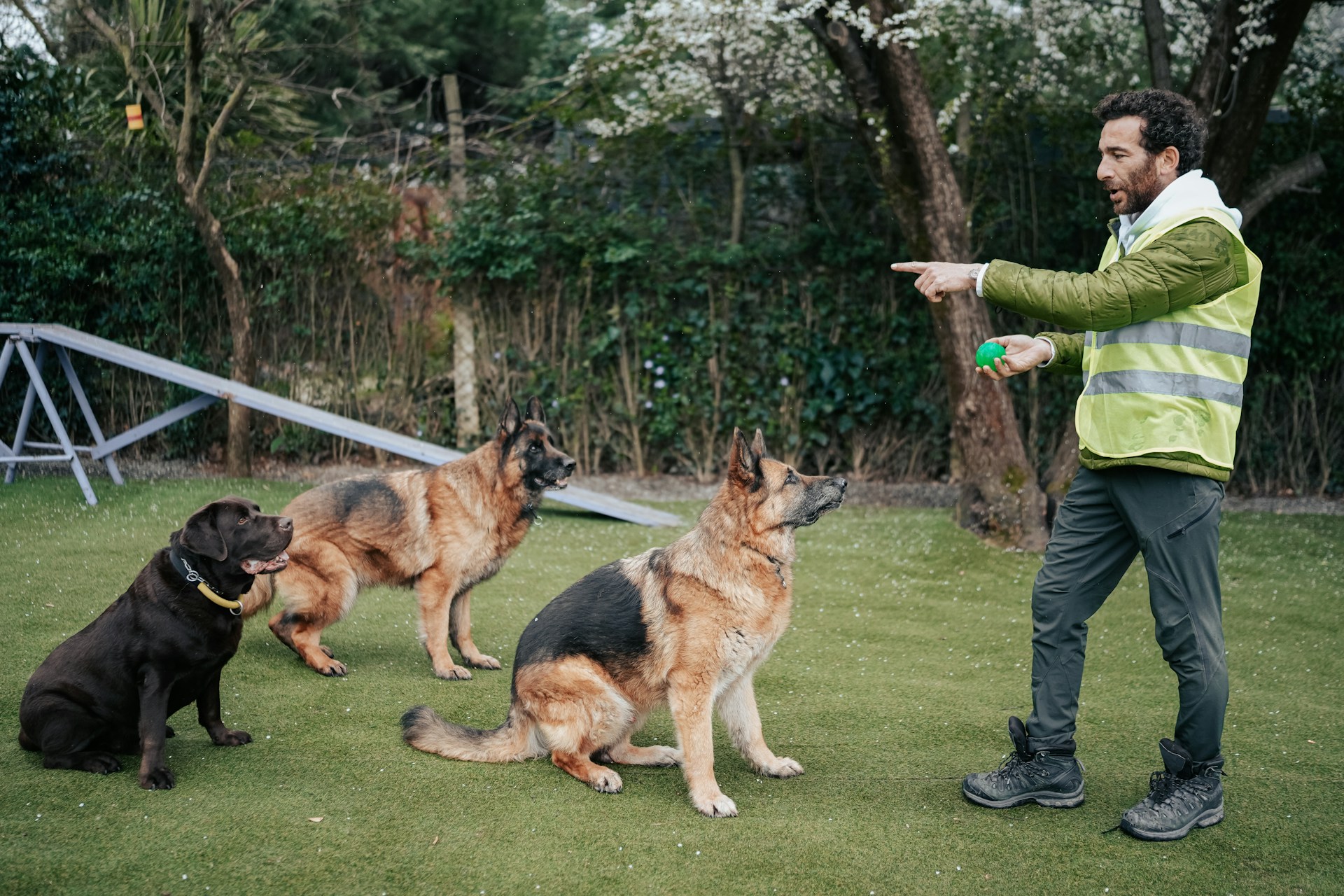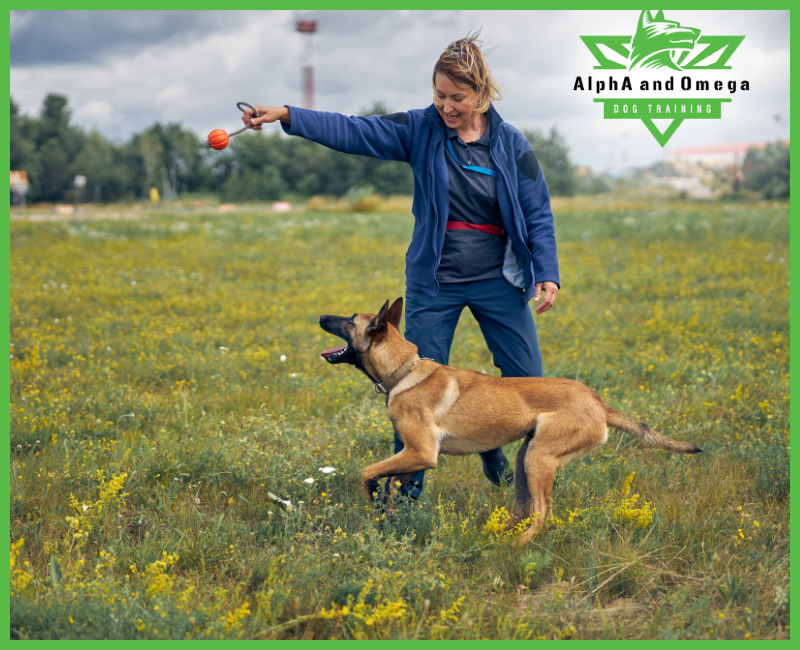
While fear is a normal, adaptive response, sometimes a dog’s fear response can reach more extreme levels that require intervention. Profound fear and anxiety can lead to unhealthy and potentially dangerous behaviors within dogs.
To help you better understand how to help, it’s necessary to understand the nuances and signs of anxiety, phobias and fear in dogs.
Does Your Dog Have Anxiety, Fear, or a Phobia?
When navigating fear-based behavioral issues in dogs, your veterinarian will work with you to determine the severity and root cause of the behaviors.
Fear in Dogs
Fear is the instinctual feeling of apprehension caused by a situation, person or object that presents an external threat—whether it’s real or perceived.
The response of the autonomic nervous system prepares the body for the freeze, fight or flight syndrome. It is considered to be a normal behavior that is essential for adaptation and survival.
The context of the situation determines whether the fear response is normal or abnormal and inappropriate. Most abnormal reactions are learned and can be unlearned with gradual exposure (counter-conditioning).
Profound fear (also called idiopathic fear) has been noted in certain dog breeds, including the Siberian Husky, German Shorthaired Pointer, Greyhound, Chesapeake Bay Retriever, Bernese Mountain Dog, Great Pyrenees, Border Collie, and Standard Poodle, among others.
Phobias in Dogs
The persistent and excessive fear of a specific stimulus is called a phobia.
It has been suggested that once a phobic event has been experienced, any event associated with it—or even the memory of it—is sufficient enough to generate a response.
The most common phobias in dogs are associated with noises (such as thunderstorms or fireworks).
Anxiety in Dogs
Anxiety, meanwhile, is the anticipation of unknown or imagined future dangers. This results in bodily reactions (known as physiologic reactions) that are normally associated with fear.
The most common behaviors are elimination (i.e., urination and/or bowel movements), destruction, and excessive vocalization (i.e., barking, crying). Pet owners may also observe excessive panting and/or pacing.
Separation anxiety is the most common specific anxiety in companion dogs. With separation anxiety, a dog that’s left alone for a period of time exhibits anxiety or excessive distress behaviors.
Clinical Signs of Dog Anxiety and Fear
The clinical signs will vary depending on the severity of the fear or anxiety that the dog is suffering from. Here are some of the most common clinical signs:
- Mild fears: signs may include trembling, tail-tucking, hiding, reduced activity, and passive escape behaviors
- Panic: signs may include panting, pacing, active escape behavior, and increased out-of-context, potentially injurious motor activity
- Sympathetic autonomic nervous system activity, including diarrhea
- Lesions secondary to licking and biting their own body
- Tail-chasing and circling
Causes of Fear and Anxiety in Dogs
The onset of fear or anxiety issues in dogs can be prompted by a variety of things, from puppy socialization issues and age-related health conditions like dementia to traumatic experiences or genetics.
There is no catchall for the roots of these issues, but here are some of the most common causes of anxiety or fear in dogs:
- Being forced into an unfamiliar and frightening experience
- Being deprived of social and environmental exposure until 14 weeks of age
- Phobias and panic: history of not being able to escape or get away from the stimulus causing the phobia and panic, such as being locked in crate
- Separation anxiety: history of abandonment, having multiple owners over time, being rehomed or experiencing prior neglect are all common sources; the condition may be perpetuated if the dog has been repeatedly abandoned or rehomed because they have separation anxiety.
Any illness or painful physical condition increases anxiety and contributes to the development of fears, phobias, and anxieties.
Aging changes associated with nervous system changes, as well as infectious disease (primarily viral infections in the central nervous system) and toxic conditions may lead to behavioral problems, including fears, phobias, and anxieties.
Diagnosing Fear and Anxiety in Dogs
Your veterinarian will first want to rule out other conditions that might be causing the behavior, such as brain, thyroid, or adrenal disease. Blood tests will rule out or confirm possible underlying medical conditions.
Treating Extreme Fear and Anxiety in Dogs
If your veterinarian diagnoses a simple fear, anxiety, or phobia, they might prescribe anti-anxiety medication in addition to recommending management techniques and behavior modification exercises.
Your doctor will make recommendations based on your individual dog’s fear trigger, or they will refer you to a veterinary behaviorist who can help your pet.
Most forms of treatment will be done over the long-term, and could possibly span several years. It generally depends on the duration and intensity of the clinical signs of anxiety. Minimum treatment averages four to six months.
Keep in mind that prescription medications are not right for every pet and are typically implemented only as a last resort in severe instances.
If your dog has extreme panic and separation anxiety and needs to be protected until medications can become effective, which can take days to weeks, hospitalization may be the best choice.
Otherwise, you will care for your dog at home and will need to provide protection from self-inflicted physical injury until your dog calms down. You may need to arrange for day care or dog-sitting.
Desensitization and Counter-Conditioning
Desensitization and counter-conditioning are most effective if the fear, phobia, or anxiety is treated early. The goal is to decrease the reaction to a specific stimulus (such as being left alone).
Desensitization is the repeated, controlled exposure to the stimulus that usually causes a fearful or anxious response. It is done at such a low intensity that the dog does not respond with fear or anxiety.
Counter-conditioning is training the dog to perform a positive behavior in place of fear or anxiety.
For example, you can teach your dog to sit and stay, and when your dog performs these tasks, you reward him. Then, when your dog is in a situation where he is usually fearful or anxious, you can redirect his attention by asking him to sit and stay.
The signs of an oncoming anxiety attack are subtle in dogs. You should learn to recognize your dog’s physical signs of fear, phobias, and anxiety so that you can intervene before your dog panics.
Living and Management of Fear and Anxiety in Dogs
If your dog is on medications, your veterinarian will want to conduct occasional blood testing to make sure your dog’s body can process and eliminate the medications appropriately.
If behavior modification does not work over the long-term, your veterinarian may want to modify the approach. If left untreated, these disorders are likely to progress.
You will need to help your dog with behavior modification exercises and teach your dog to relax in a variety of environmental settings. Encourage calmness when your dog appears distressed. Distract him and redirect his attention, following the plan your vet has set for you.
Fearful or anxious dogs may need to live in a protected environment with as few social stressors as possible. They do not do well in dog shows, dog parks, or large crowds.
And remember that not all dogs are calmer when crated; some dogs panic when caged and will injure themselves if forced to be confined. Absolutely avoid punishment for behavior related to fear, phobia, or anxiety.
Contact your veterinarian for a referral to get professional help with your dog’s behavior modification.
You want the best life for your canine companion, and so do we! AlphA and Omega offer a hands-on consultation where you can see the powerful and positive impact of excellent training. Your best friend is worth it! Call us at 844.739.0990 or find us on Facebook.
Reference: [https://www.petmd.com/dog/conditions/behavioral/c_dg_fears_phobia_anxiety]





